Opioids, including prescription painkillers, heroin and fentanyl – a drug 50 to 100 times more powerful than morphine - killed more than 33,000 people in the US in 2015, more than any year on record.
The country is grappling with a predicament that has been described by former Drug Enforcement Administration acting director Chuck Rosenberg as “a public health crisis of historic proportions.”
In August, President Donald Trump called the epidemic of opioid abuse a national emergency – though stopped short of making an official declaration which would give states access to federal funds to fight it.
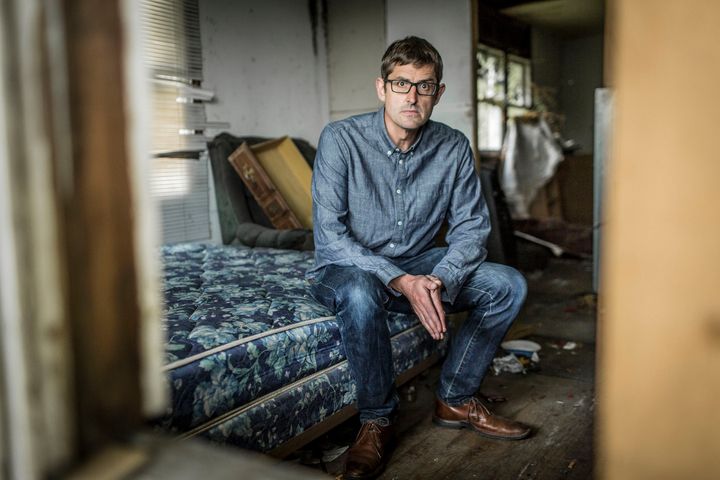
West Virginia has been on the front line of the crisis. In 2015, the state led the nation in drug overdose death rates for the third consecutive year. There were 883 drug overdose deaths in 2016, with 755 involving at least one opioid, up from 629 total deaths in 2014.
Tonight, Louis Theroux meets with the state’s Appalachian community in Huntington, which has been stretched to its limits by widespread heroin use.
One in ten babies in the city is born dependent on opiates and with a fatal overdose rate 13 times the national average, this is the epicentre of the epidemic.
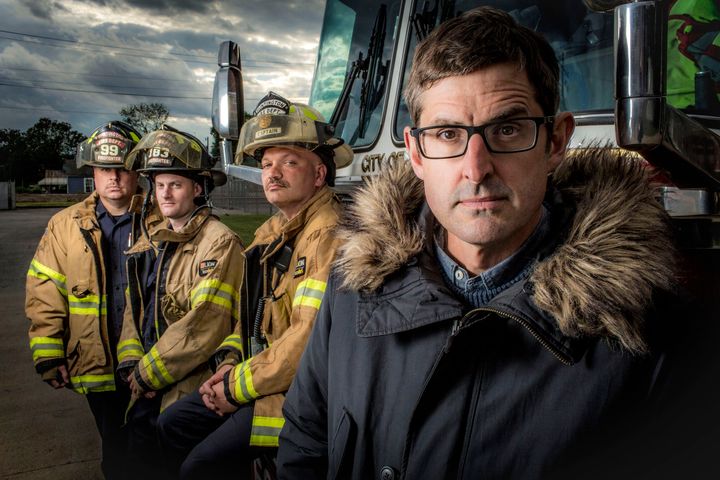
A crackdown on the over-prescription of such drugs has left two million Americans with a habit for high strength painkillers and as they become increasingly scarce and expensive on the black market, the unintended result has been vast numbers turning to the cheaper and stronger opiate – heroin.
According to the BBC the drug now claims more lives in the US than car accidents or gun crime, and for the first time in over two decades, life expectancy in the US is declining – largely attributed to the rise in fatal heroin overdoses.
In one incident last year, emergency services were scrambled in Huntington after 26 people overdosed on heroin in a span of just four hours - the average number of weekly overdoses for the city is 20. Thanks to a fast response time and an overdose reversal drug, everyone survived.

Cabell County EMS Director Gordon Merry told HuffPost: “It was overwhelming for us. I don’t think anybody has seen something like this.”
The emergency opioid reversal kit, known as Narcan, blocks the opioid receptors that heroin targets and can be sold in West Virginia pharmacies without a prescription.
During the programme, Theroux meets city fire chief Jan Rader as she administers Narcan to an overdosed, unresponsive male.
Rader, who reveals her crews were called to over 1100 overdoses in the city last year, said: “Probably 80 percent of the people we deal with started out with a legal prescription from a physician for legitimate pain... It’s sad, once they can’t get their prescription, they turn to heroin because it’s cheaper and more readily available.”
Theroux also meets with pregnant former heroin user Alisha Phillips who is using Subutex to treat her opioid addiction. Like methadone, the drug is prescribed to help heroin users through withdrawal and is less harmful to babies. Her son Archer is born dependent on the drug and is kept in hospital for a few days as doctors wean him off the medication.
As deaths mount in America’s opioid crisis, cities, towns and counties are also struggling to deal with the financial costs of the drug addiction epidemic. Counties grappling with rising overdoses face higher costs in emergency call volumes, medical examiner and coroner bills, and overcrowded jails and courtrooms.
In Mercer County, West Virginia, opioid-related jail costs are carving into the small annual budget of $12 million for the community of 62,000 people.
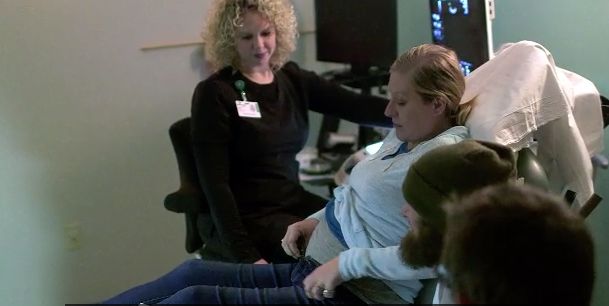
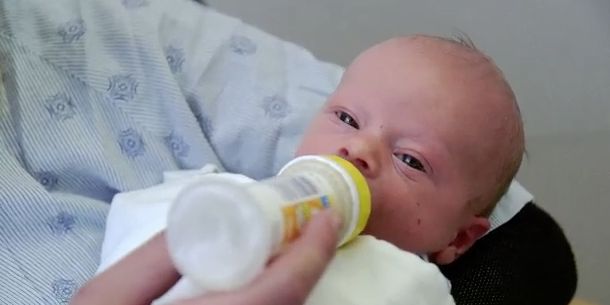
The county’s jail expenses are on course to increase by $100,000 this year, compared to 2015. The county pays $48.50 per inmate per day to the jail, and this year the jail is on course to have over 2,000 more “inmate days” compared to 2015, according to county data.
“At least 90 percent of those extra jail costs are opioid-related,” said Greg Puckett, a county commissioner who sits on a national county opioid task force. “We spend more in one month on our jail bill than we spend per month on economic development, our health department and our emergency services combined.”
Ross County, a largely rural region of 77,000 people an hour south of Columbus, Ohio, is wrestling with an explosion in opioid-related deaths - 44 last year compared to 19 in 2009. The drug addiction epidemic is shattering not just lives but also straining the county budget.
About 75 percent of the 200 children placed into state care in the county have parents with opioid addictions, up from about 40 percent five years ago, local officials say. Their care is more expensive because they need specialist counseling, longer stays and therapy.
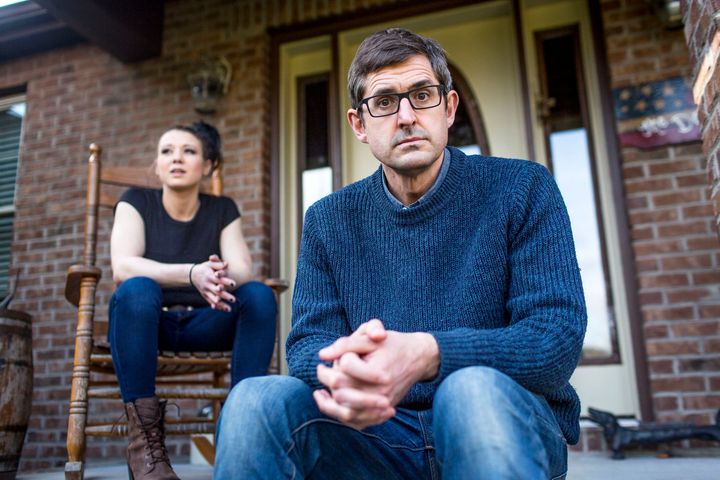
That has caused a near doubling in the county’s child services budget to almost $2.4 million from $1.3 million, said Doug Corcoran, a county commissioner.
For a county with a general fund of just $23 million, that is a big financial burden, Corcoran said. He and his colleagues are now exploring what they might cut to pay for the growing costs of the epidemic, such as youth programs and economic development schemes.
“There’s very little discretionary spending in our budget to cut. It’s really tough,” Corcoran said.
Several states have launched lawsuits against pharmaceutical companies in an attempt to hold them accountable for the epidemic.
Last month Washington State sued OxyContin maker Purdue Pharma LP, accusing it of deceptive marketing of OxyContin and convincing doctors and the public that its drugs had a low-risk of addiction and were effective for treating chronic pain.
Washington Attorney Bob Ferguson told reporters he hoped to force Purdue to pay a “significant” sum for engaging in marketing practices that downplayed the addictiveness of its drugs, allowing it to earn billions of dollars while fuelling the opioid crisis.
“I don’t know how executives at Purdue sleep at night,” he said. Purdue has denied the allegations.
Louis Theroux: Dark States - Heroin Town airs on BBC2 on 8 October at 9pm.
